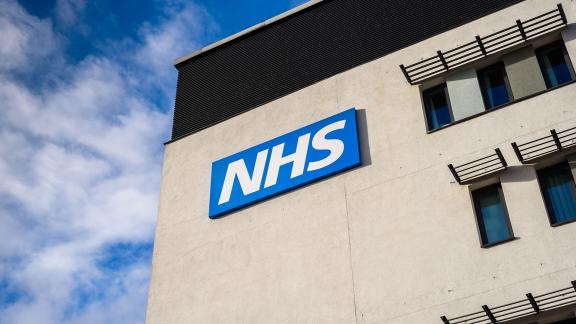Analysis: The link between non-acute investment and system productivity

CF analysis, commissioned by the NHS Confederation, explores why investing in community care can improve system productivity.
Discover more in the accompanying report Unlocking the power of health beyond the hospital: supporting communities to prosper.
- As part of our continuing series on healthcare value, we explore the relationship between spending on the NHS and the value it creates, using a unique longitudinal dataset we have created. In our first piece we highlighted a 4x return on investment in economic growth from NHS spending. In our second piece we showed how spending on primary and community care drive economic growth. In our latest report, we explore how primary and community spending support system productivity.
- Between 2020/21 and 2021/22, acute healthcare spending has grown faster than any other form of NHS spending and yet performance continues to be challenged with pressure on A&E, beds and discharges. This has led to intense focus on hospital productivity and also social care as a source of delay.
- However, the key to unlocking system productivity may be found in primary and community care. In short, primary care spending can help people to remain healthy and avoid emergency hospitalisation whilst community care can help people who need more support to remain independent, especially older people to avoid being in hospital.
- Having more GPs is associated with significant reductions in A&E attendances and inpatient hospital stays which would suggest it being cost effective to increase resources in primary care to reduce hospital activity.
- Having more community nursing contacts per 1000 people over 65 is directly linked to lower occupied bed days.
- Despite this critical link, we find there is no relationship between the amount invested by NHS organisations in community care and their population community care needs. Relative to other areas, some have spent more given their population need while others have spent less.
- Areas that spent relatively less on community care given population need have seen higher average levels of hospital and emergency activity, compared to those spending relatively more. On average there were 15% lower non-elective admission rates and 10% lower ambulance conveyance rates, both statistically significant differences, together with lower average activity for elective admissions and A&E attendances.
- Previous work in NCL highlighted significant inequities related to community health services that exist within a health and care system. This included inequities in level of investment across geographies, with CCGs historically investing more in community health linked with reduced acute activity. A bespoke and consistent community health services offer was developed to help address some of these inequities and drive improved outcomes for residents across NCL.
- The reduction in acute demand associated with higher community spend could fund itself through savings on acute activity, with an average 31% return on investment and average net saving of £26m for an average ICS. This suggests a substantial opportunity to improve system productivity by investing in community care.
Find out more in the accompanying report Unlocking the power of health beyond the hospital: supporting communities to prosper and get involved in our Value in Health programme.



